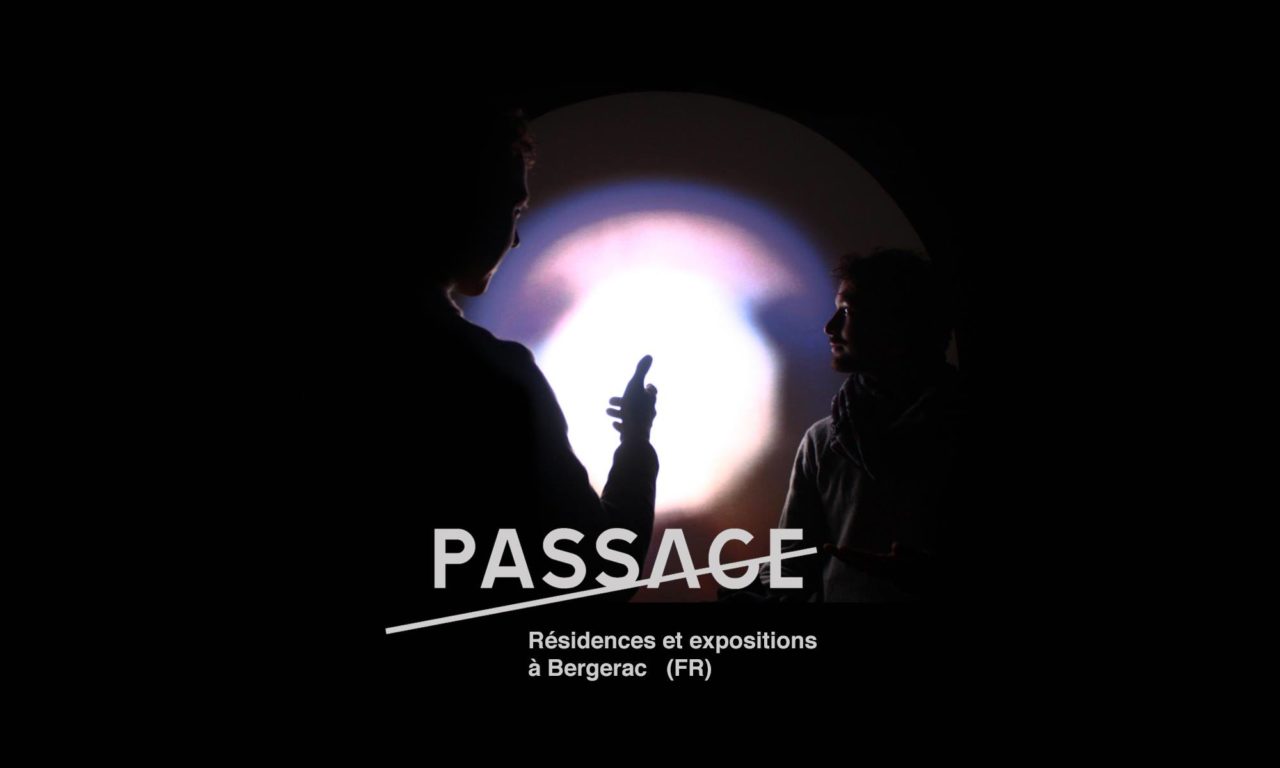Nicolas Rupcich (CHL)
“Nadie (Nobody), Bergerac version”
Installation vidéo, 2018.
FR
Pour l’exposition Passage à La Maison des Associations, Salle 9, place Jules Ferry, Nicolas Rupcich présente «Nadie», une installation composée de plusieurs oeuvres. La principale est une projection vidéo verticale qui est une séquence vidéo d’une falaise au sud du Chili. L’image, dans un état constant de fondu en fondu se désintègre lentement vers le haut du cadre. Avec une image qui passe constamment d’un état à un autre, le travail aborde le problème de la stabilité ou de l’instabilité des images numériques. La falaise est un lieu suggestif que l’artiste lie à l’atmosphère mélancolique de la peinture romantique allemande.
Pour cette version de l’installation sont inclus des ventilateurs dans la salle, qu’ils établissent un pont entre l’image et l’espace, élargissant l’atmosphère de l’image à l’espace d’exposition. «Nadie» prend comme référence le poème homonyme du poète chilien Gonzalo Millan. Le texte est une scène minimale et descriptive dans laquelle le lecteur se projette dans un scénario post-apocalyptique, proposant à la toute fin un petit pois comme signe de vie infime. L’installation prend le poème comme référence atmosphérique, montrant dans la projection vidéo une image toujours à la limite de l’apparition et la disparition.
PERSONNE
Les rues sont silencieuses
Et abandonnées.
Ne traversent que
Les ombres des arbres.
Pas d’oiseaux, de klaxons,
Pas même le moteur imminent
D’une voiture qui approche toujours.
Les ascenseurs, les escaliers
Et des couloirs d’immeubles, vides.
Dans une cuisine une flaque
Autour du frigo
Dégèle
Avec leurs plateaux nus
Et la porte ouverte.
Conservé sur de la glace
Il n’y a qu’un seul pois
Très petit, rond et vert
“Qu’est-ce qu’une image et comment l’utilise-t-on aujourd’hui?” est une question récurrente dans le travail de Nicolas Rupcich (Santiago, 1981). Le bureau de l’ordinateur est une représentation visuelle du monde physique, cependant cette relation entre les choses et leurs image a été aujourd’hui inversé : les conventions visuelles de l’écran se déplacent vers nos attentes du monde physique. L’esthétique lumineuse et brillante des images digitales influence notre perception de la réalité. Le travail de Nicolas Rupcich traite de ces effets générés par les systèmes de production d’images numériques.
En parallèle avec son intérêt pour l’influence de la technologie sur la production d’images, Nicolas Rupcich aborde la question du temps. Dans son travail il tente de simuler l’expérience d’autres temporalités. Comment ces conventions sur le digital affecte notre perception du temps? Comment peut-on comprendre un temps “non humain”? L’intérêt pour le développement technologique des médias pour la production d’image peut se sentir dans les expérimentations que fait Nicolas Rupcich avec ses enregistrements numériques, les animations 3D et le travail de montage numérique qu’il utilise comme des outils de création. Il conçoit ces outils comme du contenu en soi. Selon lui, chaque action faite avec une interface a une signification symbolique, ce qui lui permet de considérer que chaque processus de retouche numérique tel que la compression d’une image ou la modification des proportions d’un modèle 3D offre la possibilité d’un point de départ pour une idée ou un projet. Les outils numériques dans leur réalité matérielle sont source d’inspiration et de contenu pour sa pratique.
EN
For the exhibition Passage at the Maison des Associations, Salle 9, place Jules Ferry, Nicolas Rupcich presents «Nadie», an installation composed of several works. The main one is a vertical video projection which is a video footage of a cliff in southern Chile. The image, in a constant state of fade-out, slowly decays to the top of the frame. With an image constantly moving from one state to another, the work addresses the problem of the stability or instability of digital images. The cliff is a suggestive place that the artist relates to the melancholic atmosphere of German Romantic painting. For this version of the installation are included fans in the room, which create a bridge between the image and the space, expanding the atmosphere of the image to the exhibition space.
«Nadie» takes as reference the homonymous poem of the Chilean poet Gonzalo Millan. The text is a minimal and descriptive scene in which the reader projects himself into a post-apocalyptic scenario, proposing at the very end a pea as a tiny sign of life. The installation takes the poem as an atmospheric reference, showing in the video projection an image always on the verge of appearance and disappearance.
NOBODY
The streets are silent
And deserted.
Only cross
The shadows of the trees.
No birds, horns,
Not even the imminent engine
Of a car always approaching.
The elevators, the stairs
And corridors of buildings, empty.
In a kitchen a puddle
Around the refrigerator
Thawing
With their bare trays
And the door open.
Preserved on ice
There is only one pea
Very small, round and green.
«What is an image and how do we use it today?» Is a recurring question in the work of Nicolas Rupcich (Santiago, 1981). The computer’s desktop is a visual representation of the physical world, but this relationship between things and their image has now been reversed: the visual conventions of the screen are moving towards our expectations of the physical world. The luminous and shiny aesthetic of digital images influence our perception of reality. Nicolas Rupcich’s work deals with these effects generated by digital image production systems.
In parallel with his interest in the technology’s influence on the production of images, Nicolas Rupcich tackles the question of time. In his work he tries to simulate the experience of other temporalities. How do these conventions on the digital affect our perception of time ? How can we understand a «non-human» time? The interest in the technological development of the media for image production can be seen in the experiments Nicolas Rupcich does with his digital recordings, 3D animations and the digital editing work that he uses as creative tools. He conceives these tools as content in itself. According to him, each action done with an interface has a symbolic meaning, which allows him to consider that each process of digital retouching such as the compression of an image or the modification of the proportions of a 3D model offers the possibility of a starting point for an idea or a project. Digital tools in their material reality are a source of inspiration and content for his artistic practice.
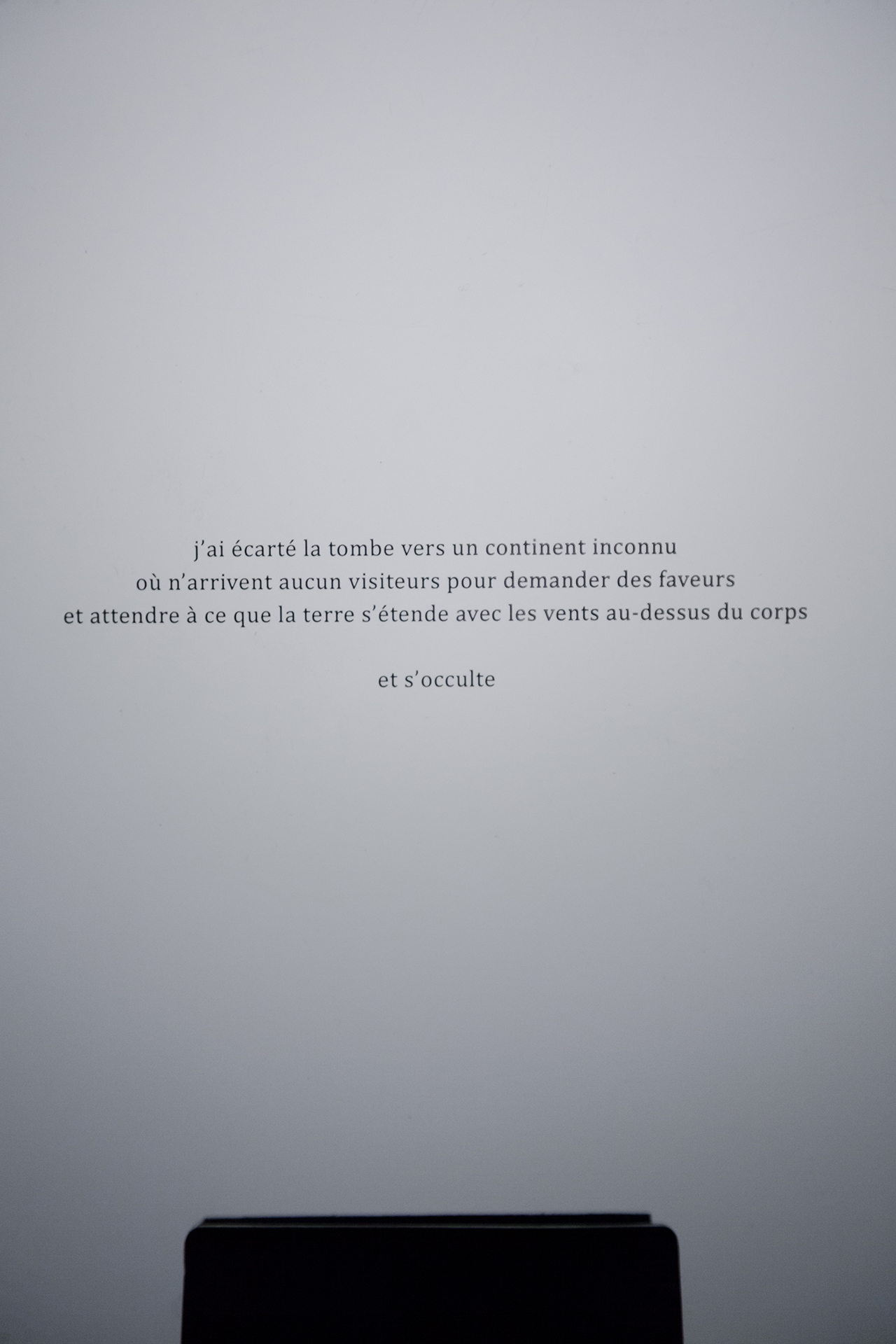
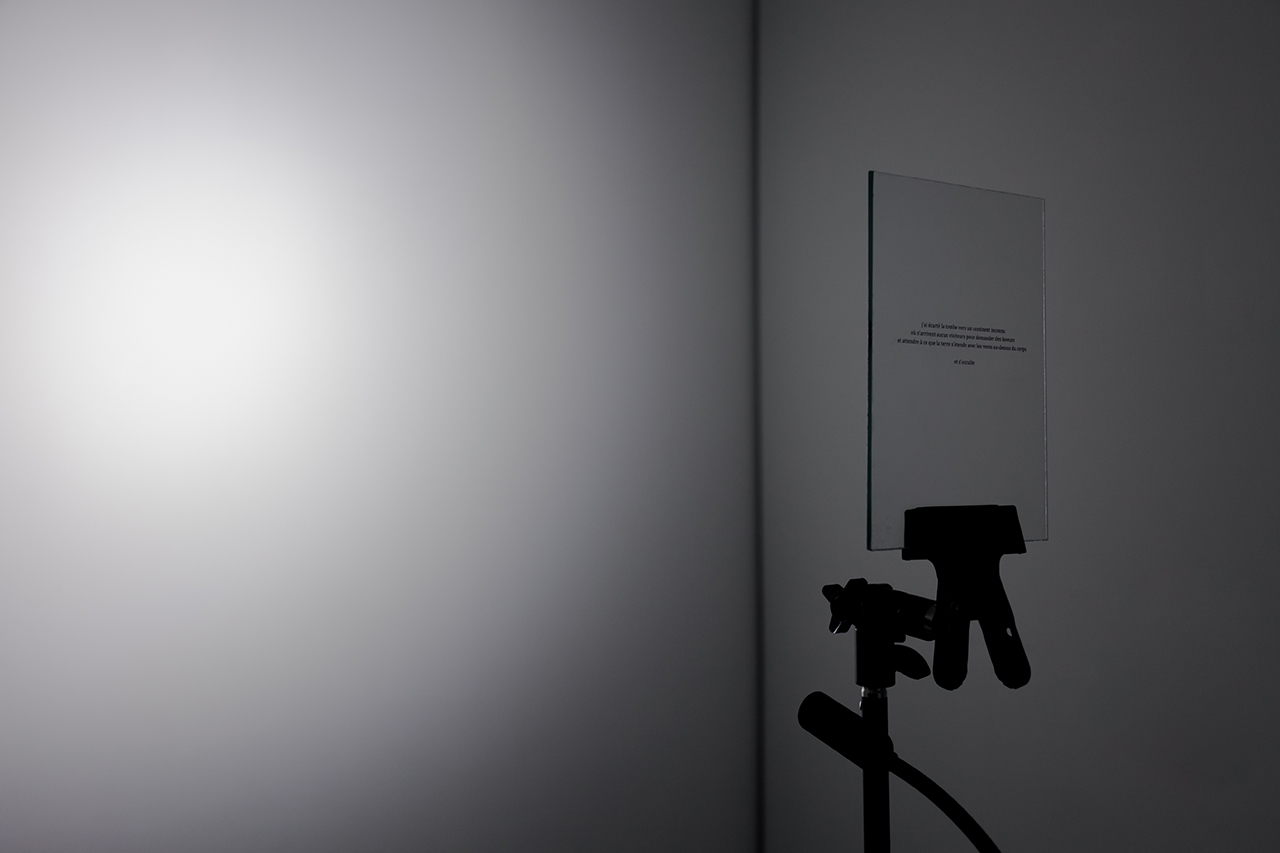


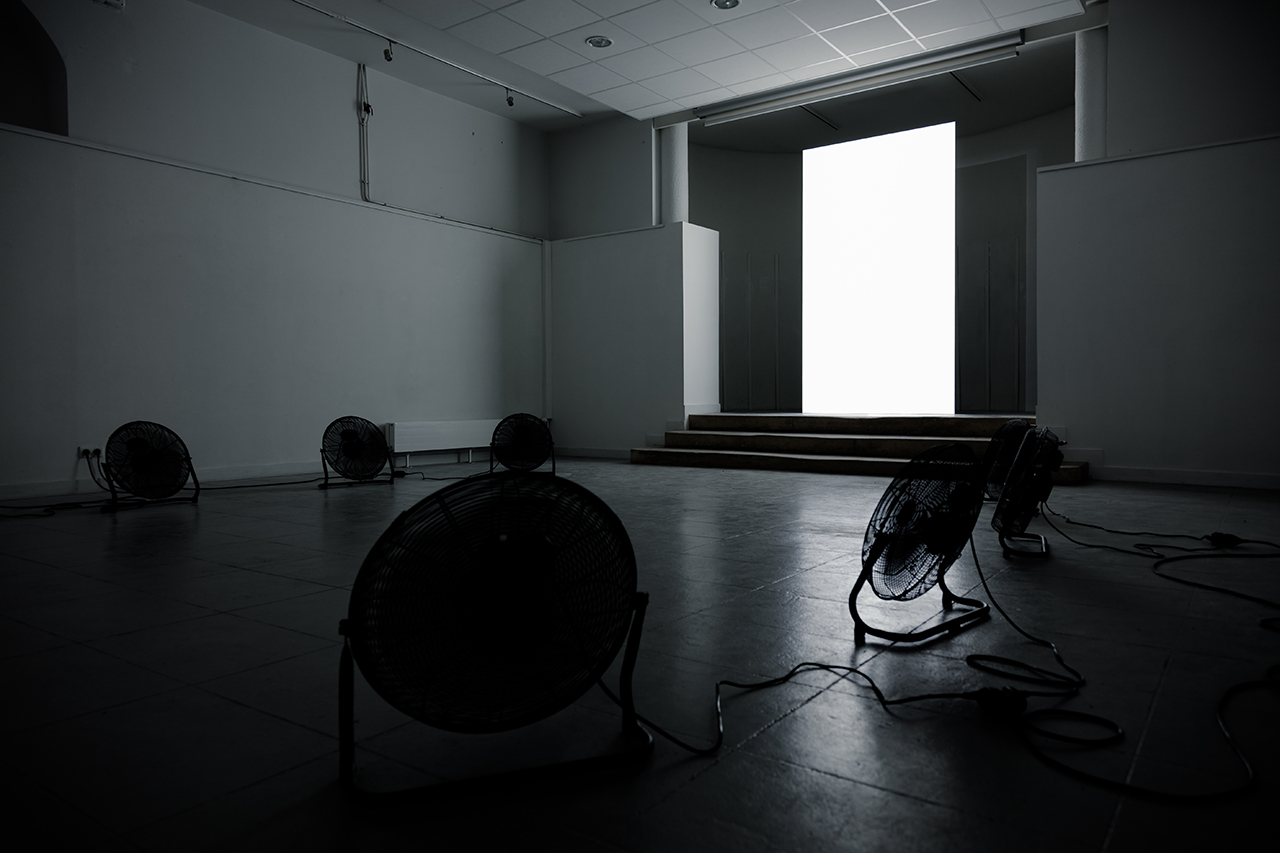
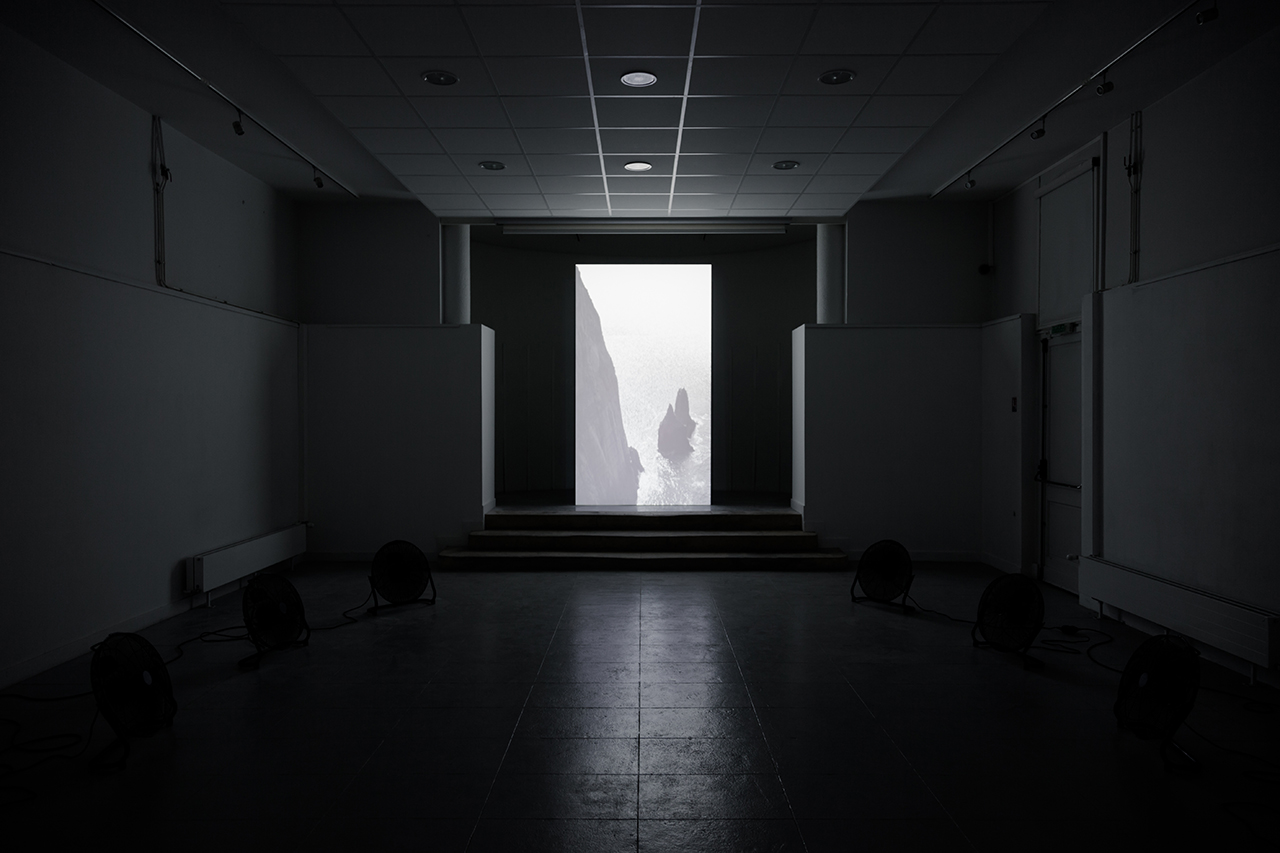
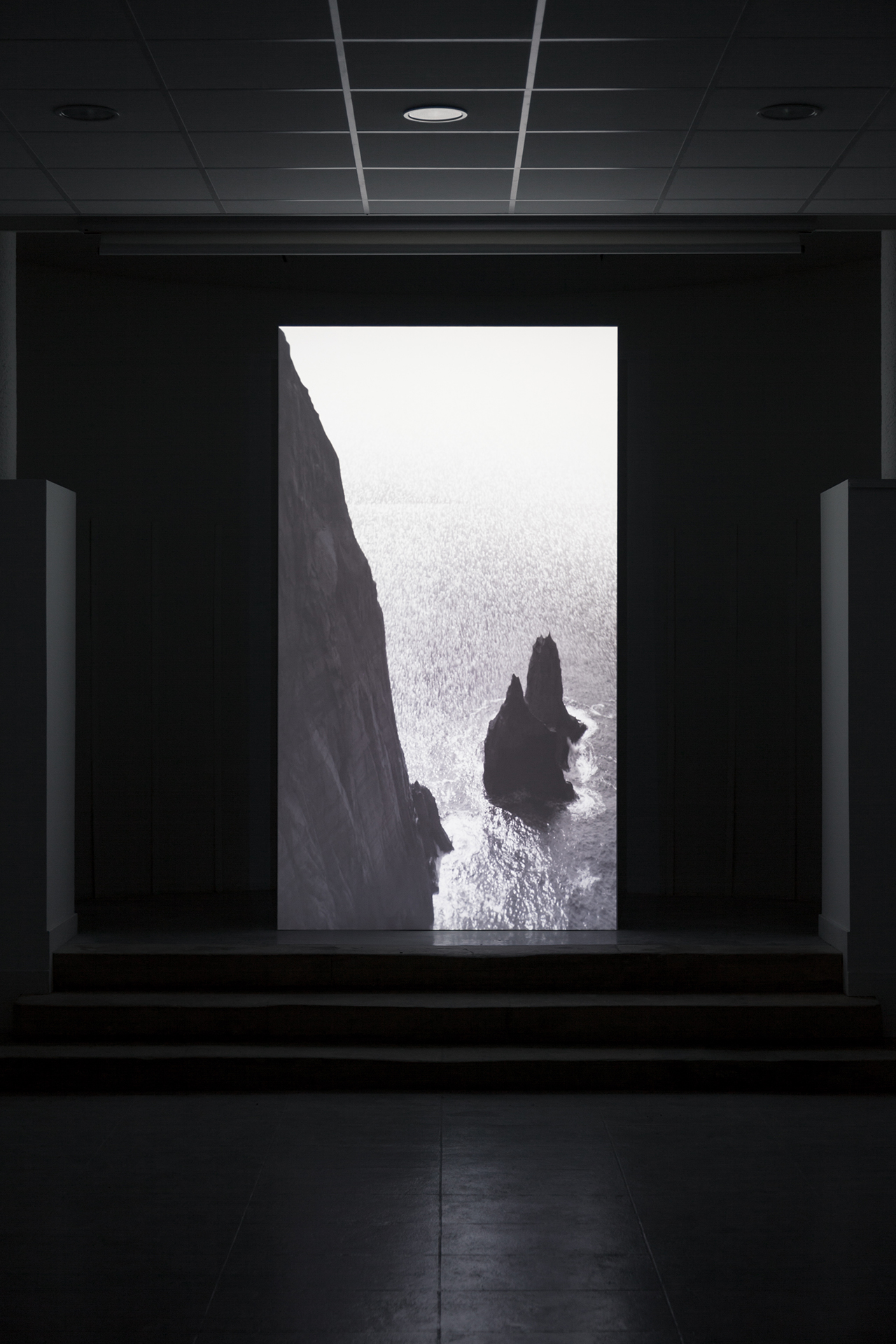
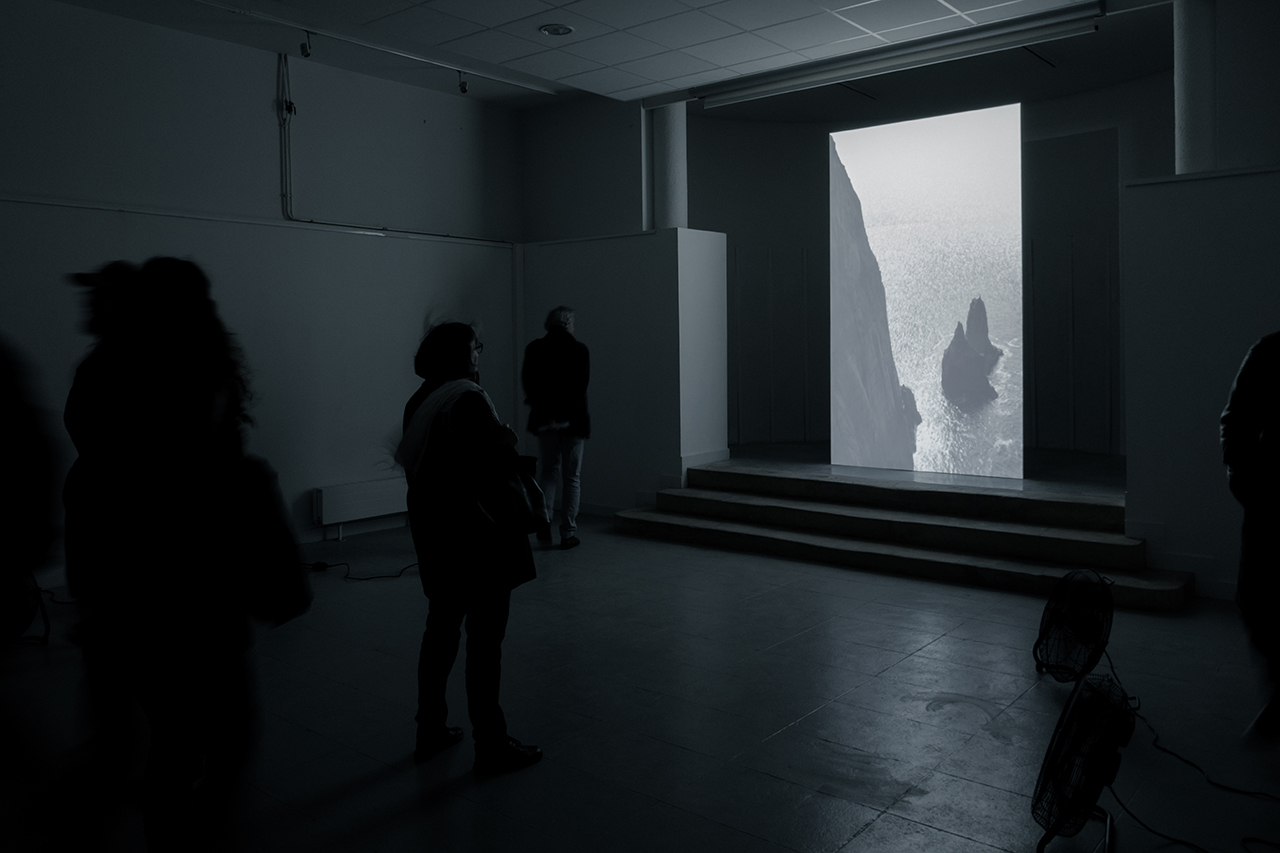
Documentation of the video installation with the ventilators.
